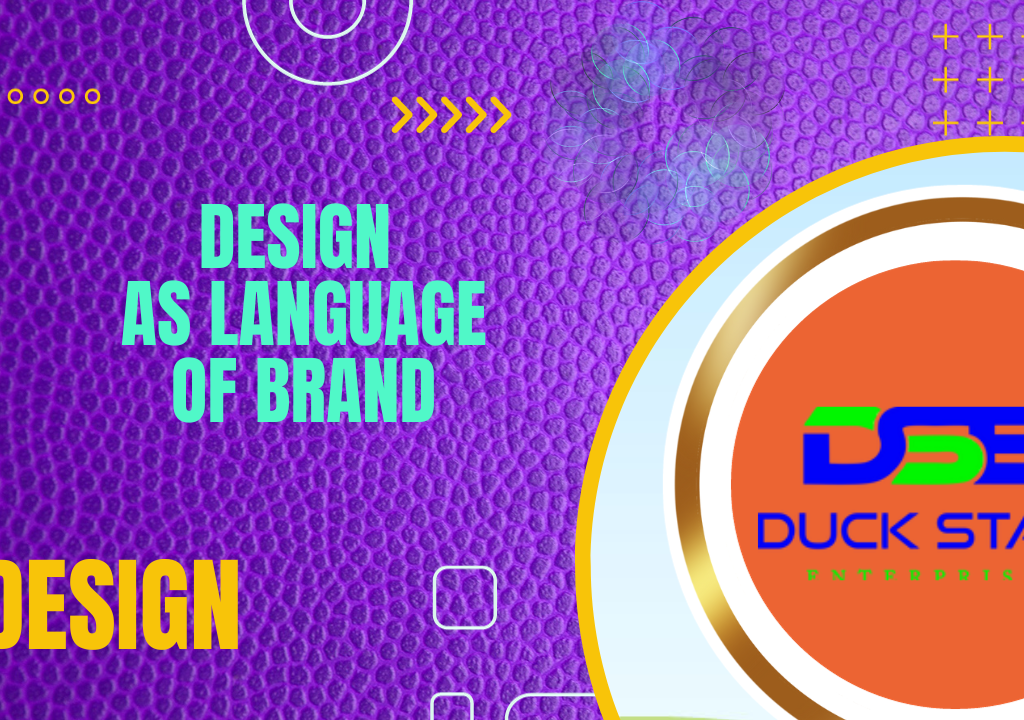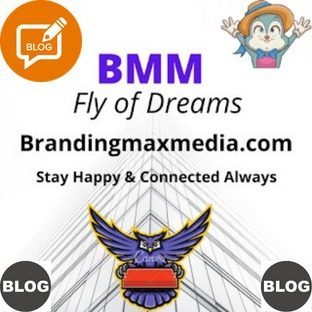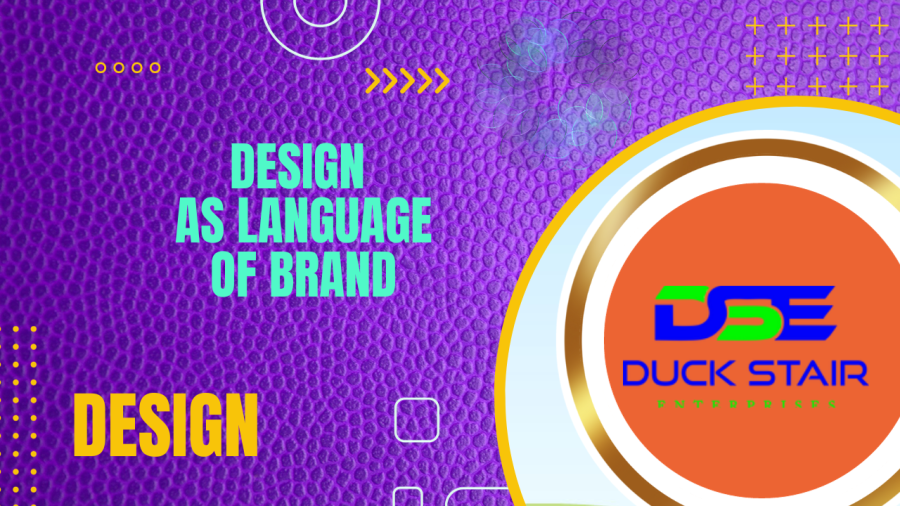Design as Language of Brand
Design is a powerful language that communicates the essence and values of a brand. It goes beyond visual aesthetics, encompassing the overall user experience and the emotional connection between the brand and its audience.
“Crafting Dreams, Shaping Identities: Elevate Your Brand with Distinctive Design.”
Here are key elements to consider when using design as the language of a brand:
Brand Identity:
Logo Design: Create a unique and memorable logo that reflects the brand’s personality and values.
Colour Palette: Choose colours that evoke the right emotions and align with the brand’s identity.
Typography: Select fonts that complement the brand’s style and are easily readable across various platforms.
Consistency:
Ensure consistency across all design elements, from digital to print materials. Use a consistent tone, style, and visual elements to reinforce brand recognition.
User Experience (UX):
Design a seamless and intuitive user experience for websites, apps, and physical spaces.
Prioritise user needs, making interactions easy and enjoyable.
Storytelling through Visuals:
Use imagery that tells a story and connects emotionally with the audience. Visuals should align with the brand narrative and values.
Adaptability:
Design assets that are adaptable to various platforms and devices.
Ensure that the brand’s visual language remains effective in different contexts.
Innovation:
Stay current with design trends while maintaining a timeless quality.
Innovate within the brand’s established design language to keep it fresh and relevant.
Cohesive Branding:
Extend the design language beyond visuals to include messaging and overall brand experience. Create a cohesive brand personality that resonates with the target audience.
Cultural Sensitivity:
Consider cultural nuances in design to ensure that visuals are inclusive and don’t unintentionally alienate any audience.
Collaboration:
Foster collaboration between designers, marketers, and other stakeholders to ensure a unified brand language.
Feedback Loop:
Establish a feedback loop for continuous improvement in design based on user feedback and market trends.
Sustainability:
Consider sustainable design practices that align with the brand’s values and contribute positively to the environment.
Emotional Connection:
Plan fully intent on making a profound association between the brand and its crowd.
By coordinating these components, a brand can involve a plan as a language to convey its character, fabricate associations with its crowd, and hang out in a jam-packed market. The key is to be purposeful, reliable, and consistent with the brand’s guiding principle all through all plan articulations.


